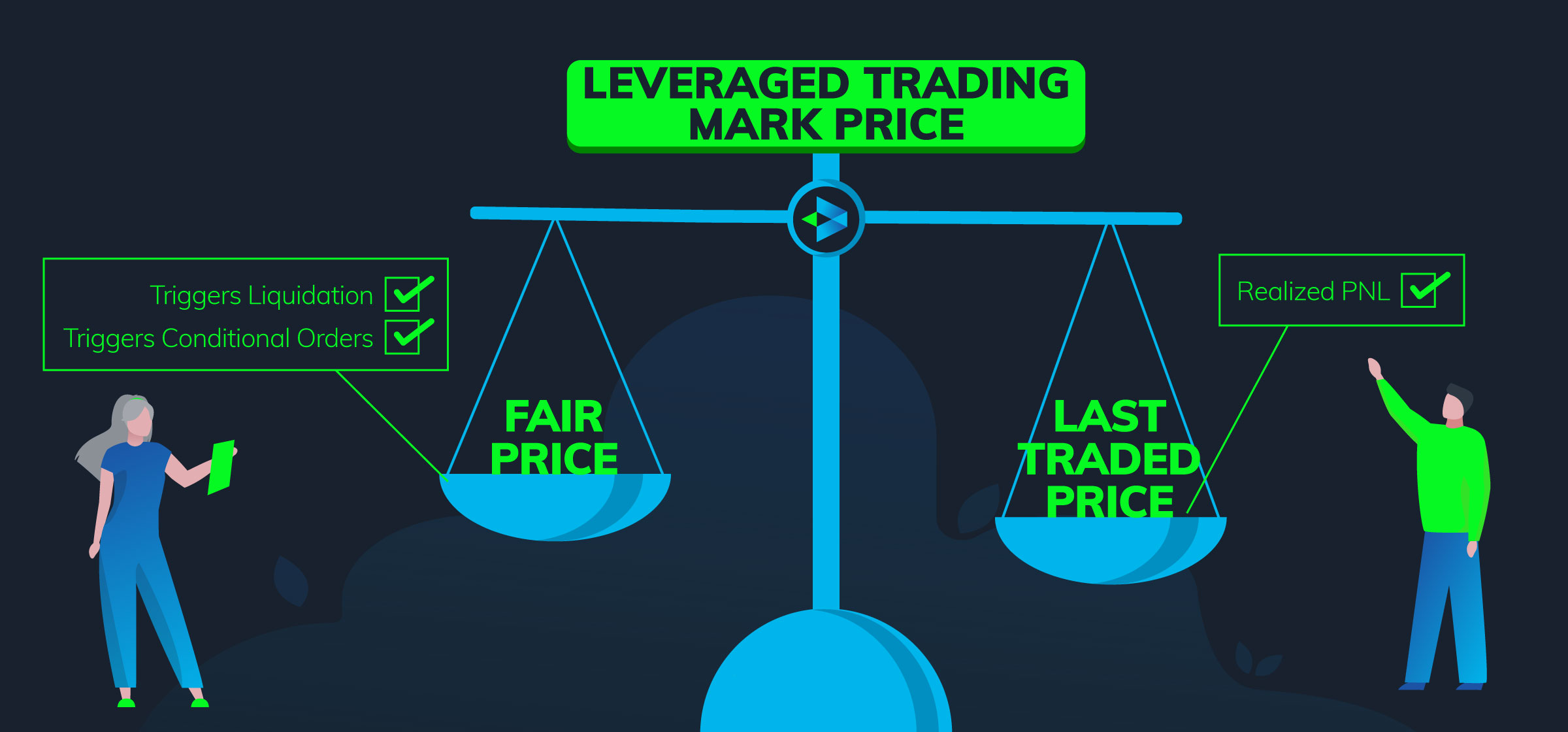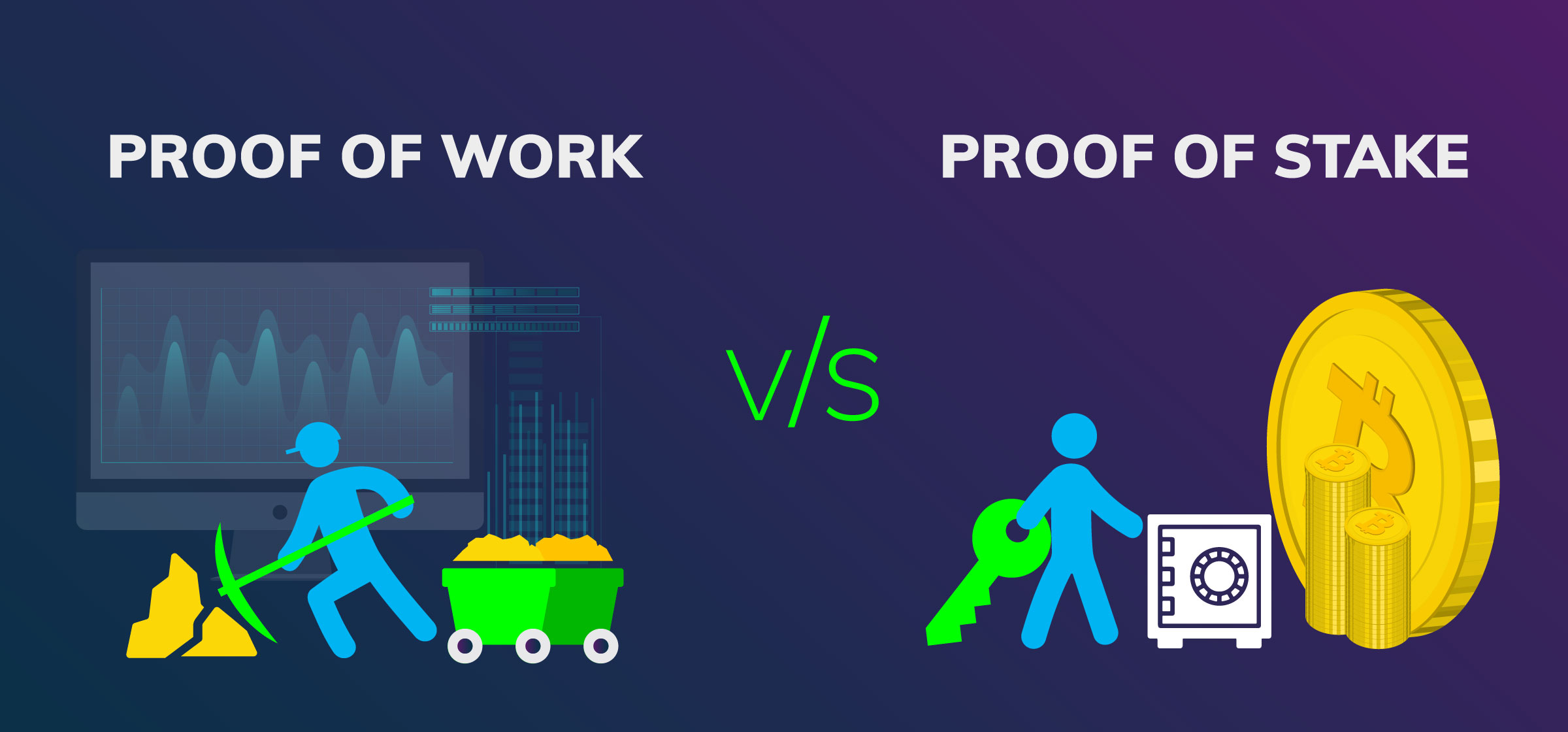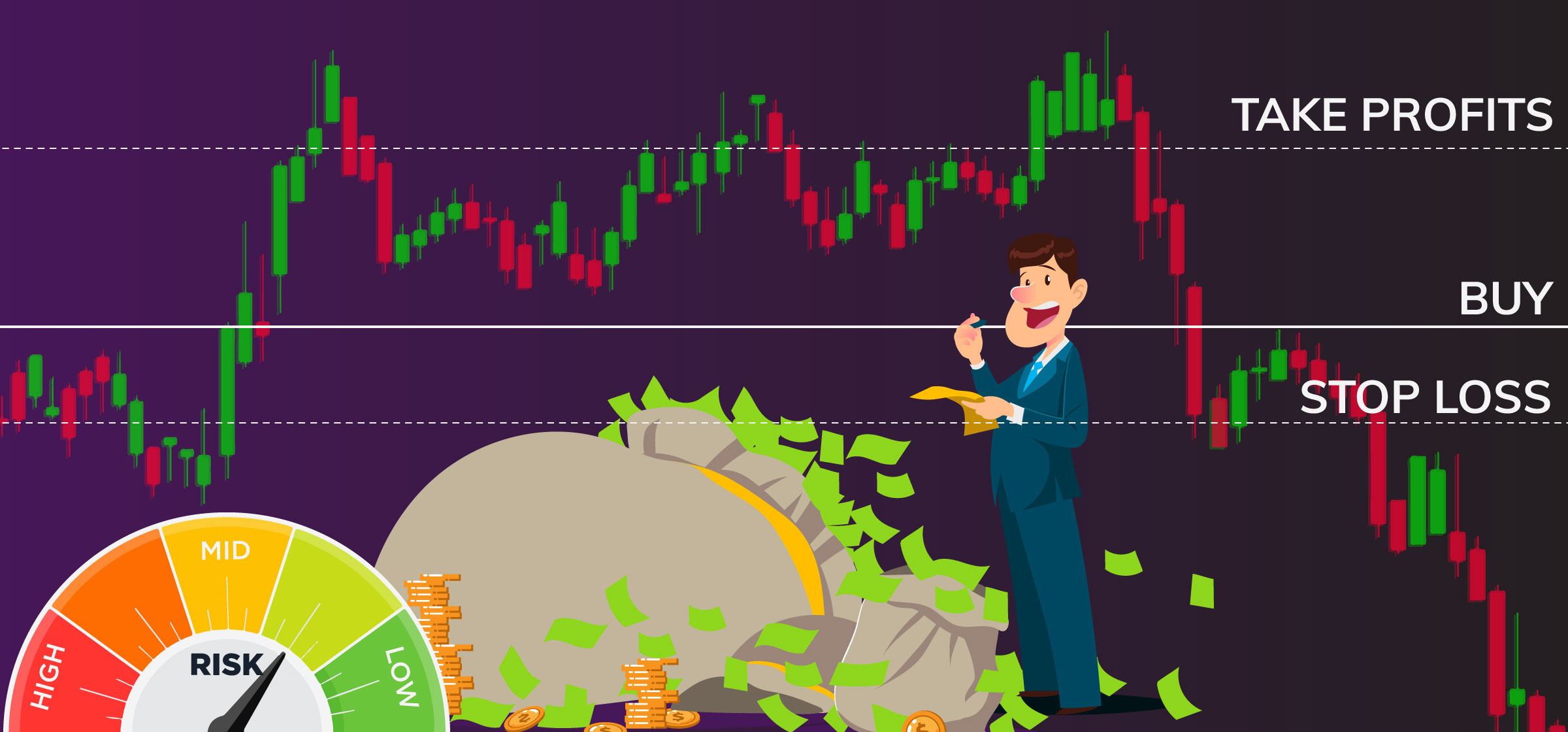Educational
March 30, 2020
Fair Price Marking on Crypto Derivatives Exchanges: The Why & How
Jitender TokasChief Business Officer
Mark price is the price at which open positions are marked, and this subsequently is used to compute the unrealised profit/ loss of the position. In spot trading (in both legacy and crypto exchanges), mark price is set to the last trading price. This works well, even when spot markets have low liquidity because positions are never forcibly closed and real price discovery surely happens when a trader closes his position against the orders in the order book.
Things, however, are starkly different in leveraged trading such as the futures contracts on Delta Exchange. As we have explained in this article, leverage brings liquidations with it. Open positions are forcibly liquidated when the equity in the position, after offsetting unrealised losses, is less than the maintenance margin. Since unrealised profit/ loss is derived using mark price, it is important to have a marking method that is robust, unbiased and is resilient against manipulations.
In highly liquid mature markets, last traded price works quite well as mark price. However, in cryptocurrencies trading, markets can sometimes lack depth and be thinly traded. In such conditions, the last traded price becomes vulnerable and can be manipulated to trigger or avoid liquidations.
To protect against such possibilities, most leveraged trading cryptocurrency exchanges, including Delta Exchange, use Fair Price Marking. This means that open positions are marked at Fair Price instead of last traded price. In this article, we describe in detail, how Fair Price Marking works. While we exclusively focus on Fair Price Marking of Delta Exchange, the underlying ideas that we discuss here are germane for all crypto derivatives exchanges.
Fair Price Marking On Delta Exchange
On Delta Exchange, mark price = Fair Price
Fair Price is computed in such a manner that is manipulation resistant and tends to reflect the true value of a position in all market conditions. It is important to note that Fair price only affects unrealised profit/ loss. The realized profit/ loss on a position is not affected by mark price since a position is closed against orders in the order book.
On Delta Exchange, the Fair Mark Price is used for primarily two things:
(a) Trigger liquidations
Liquidation Price is the price at which a position is forcibly closed when the remaining position equity after offsetting unrealised losses is less than the maintenance margin. On Delta, all positions are liquidated on the mark price. Since mark price = Fair Price and Fair Price tends to be resistant to manipulation, only genuine liquidation events occur and unnecessary liquidations are avoided.
Let’s understand how fair price marking optimizes liquidation’s with an example
Trader A makes a fat finger error and punches in an order to purchase 1,000,000 of BTCUSD contracts instead of the 100,000 at $6605. The BTCUSD order book at that instant was:
Bid/ ask on Delta Exchange is between $6310 – $6312.
Fair Mark Price – $6309.8
Last Traded Price – $6302.0
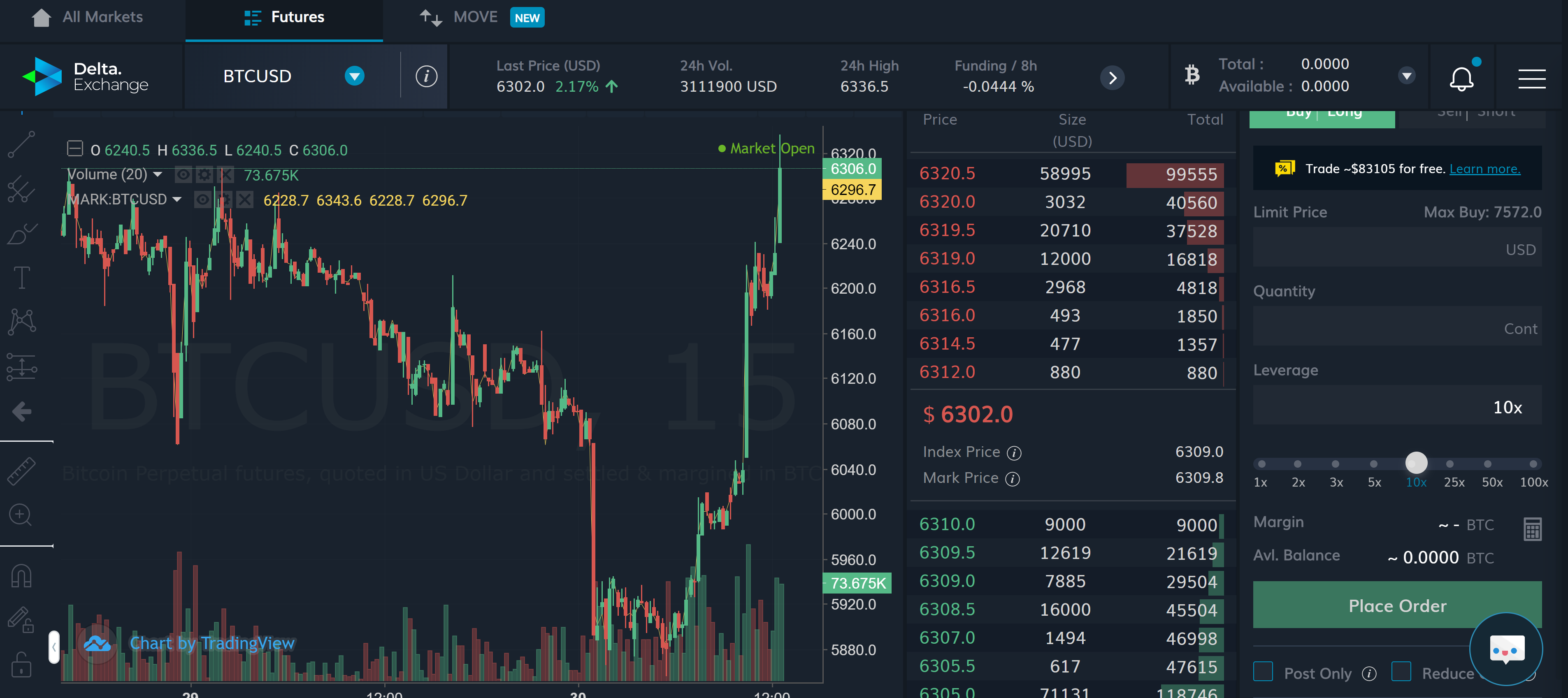
Liquidation Price for Trader B – $6350
Due to the fat finger error, the last traded price spiked to $6360 for a few seconds and then dropped back down to $6302.
In such an instance, if the exchange had marked the positions to the last trader price, trader B would’ve been liquidated. But, since the unrealised PnL positions on Delta Exchange are marked to the Fair Price and not the last traded price, trader B is protected and is not be liquidated.
(b) Trigger conditional orders
Conditional orders are triggered based on the fair price and not the last traded price. This ensures that short-lived up/ down spikes in traded price do not trigger conditional orders.
How is the Fair Price for futures calculated?
Fair Mark Price for a futures contract is calculated by the Underlying Index Price and Fair Basis.
Fair Mark Price = Underlying Index Price + Fair Basis
Underlying Index
The underlying index price is sourced on a real-time basis from leading spot exchanges. The compositional details of the underlying indices for the contracts listed on Delta Exchange are available here.
Fair Basis
Basis is the difference between the futures price and the underlying spot price, i.e.
Basis = Futures Price – Spot Price.
Fair Basis is computed from the order book of a futures contract by going through the following steps:
a. Compute Impact Mid Price: Impact price is the price at which a typical long or short position can be entered at any given time. The size of a typical position is called Impact size.
Impact Bid Price = Average fill price to execute a short trade
Impact Ask Price = Average fill price to execute a long trade
Impact Mid Price = average (Impact Bid Price, Impact Ask Price)
b. Compute Annualised Basis: = (Impact Mid-Price / Underlying Index Price – 1) * (365* 86400/time to expiry in seconds)
Note that for the computation of Fair Basis, the time to expiry For perpetual futures contract is considered to be 8 hours.
c. Fair Basis = Underlying Index Price * % Fair Basis * (time to expiry in second/ (365* 86400))
d. Post this, we finally arrive at the Fair Mark Price = Underlying Index Price + Fair Basis
Click here to read in-depth about the computation of Fair Mark Price.
Limits on an annual fair basis
The basis between futures prices and spot prices can result from a multitude of factors (e.g. interest rates). However, in the case of cryptocurrencies, this price difference is primarily due to supply and demand. Due to this, the basis can vary into a broad range. We saw an example of this phenomenon in the Covid-19 selloff in March 2020; within a matter of days, the annualised basis of BTC March futures went from premium to 0.82% discount (3% annualised).
To ensure the futures price do not diverge too much from the spot price, Delta Exchange imposes limits on the annualised fair basis. These limits are imposed to ensure healthy trading activity. For instance, the limit on the annual fair basis for the BTCUSD perpetual contract is 500%. Do note that during times of extremely high volatility, these limits can be changed based on the discretion of the exchange.
How is the fair price for MOVE contracts calculated?
Similar to futures, open positions in MOVE contracts are marked at Fair Price. Long positions in MOVE contracts cannot get liquidated. For short positions, liquidations are triggered on the basis of unrealised profit/ loss computed from the mark price. If you are interested in learning more about MOVE contracts, please have a look at this page.
The Fair Price for MOVE contracts is computed using the Black Scholes model. The input variables for this model are Implied Volatility, Strike Price, and Time to Settlement. Since strike price and time to settlement are defined, the main computation is calculating the Fair Implied Volatility. There are a series of steps that are followed to calculate the Fair Implied Volatility.
a. Impact mid-price is calculated from the order book.
b. Impact mid-price, time to settlement and strike price are then entered into the Black Scholes model to compute the implied impact volatility.
c. Once the values have been derived from the Black Scholes model, fair price is obtained.
For a detailed explanation of the fair price computation, click here.
Just as there are limits on the annual fair basis in the futures contract, there are limits to the Fair implied volatility applied to MOVE contracts to ensure sound trading activity.
How to view mark price history on Delta Exchange?
Follow the video to know more about how to view mark price.
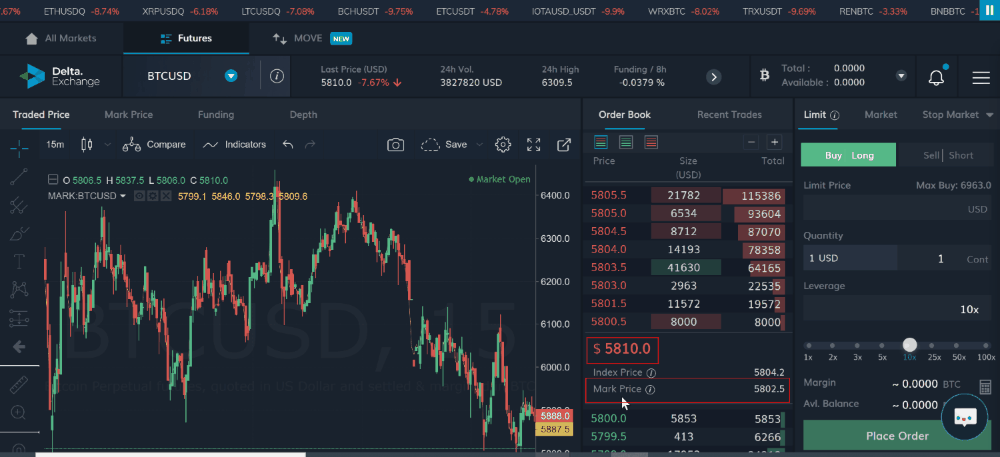
FuturesTrade Futures & Perpetual Swaps on 25+ crypto assets, with up to 100x leverage
OptionsTrade call, put or MOVE options on BTC, ETH, BNB and LINK
Interest Rate SwapsInterest rate derivatives that enable swap of fixed-floating rates
Mock Trading PlatformLearn Crypto Derivatives trading without risking real capital
Research & AnalyticsExclusive data, charts and analytics to help you trade smarter








